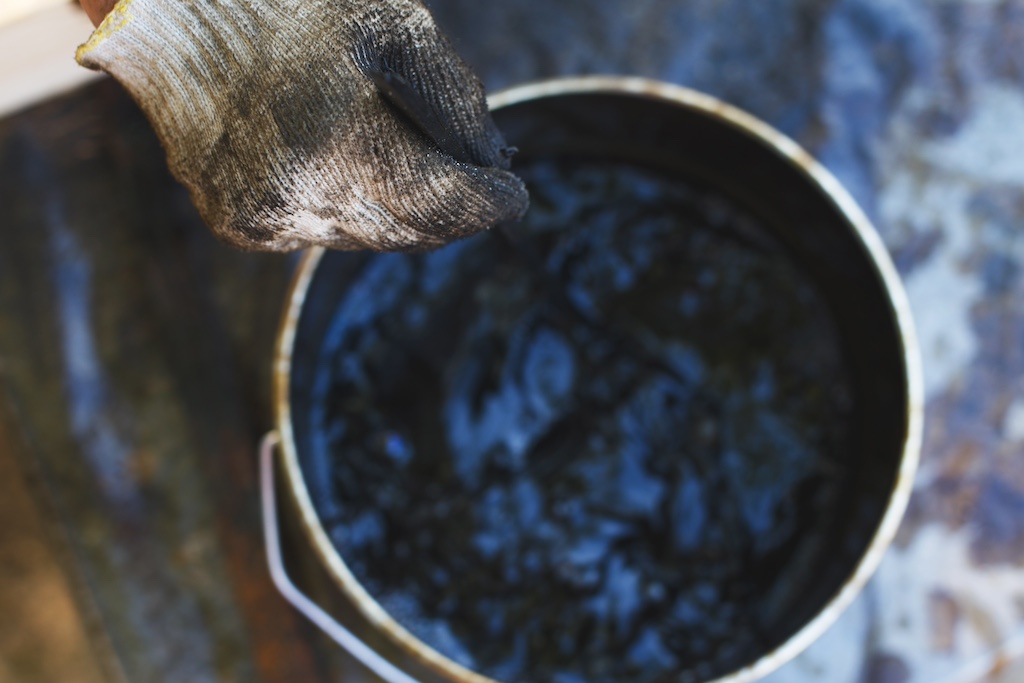Whether in construction, roadwork, or daily vehicle use, tar and asphalt residue can quickly become a stubborn problem. Once tar sticks to the surface of vehicles or heavy equipment, it doesn’t just affect the appearance — it also threatens long-term performance and durability. Left untreated, these sticky residues can lead to corrosion, surface damage, and expensive repairs.
Fortunately, there are effective ways to handle this issue. In this article, we will explore the common problems caused by tar buildup, the negative impacts of neglecting proper cleaning, and why using a specialized tar remover is a smarter, safer, and more efficient solution compared to traditional cleaning methods.
Common Problems of Tar Sticking to Vehicles and Equipment
Tar and asphalt are naturally sticky and resilient, designed to withstand high temperatures and heavy traffic on roads. Unfortunately, these same qualities make them difficult to remove when they stick to vehicles or equipment.
Some common situations include:
- Vehicles on construction sites: Cars, trucks, and trailers often pick up tar splatters from freshly paved roads.
- Heavy machinery: Pavers, rollers, dump trucks, and loaders are constantly exposed to hot asphalt that hardens on their surfaces.
- Industrial equipment: Any tool or machinery used near bitumen or asphalt projects is vulnerable to residue buildup.
The longer tar remains on the surface, the harder it becomes to remove. Traditional cleaning methods, such as scrubbing or using basic detergents, often fail to remove the residue completely. This not only wastes time but can also damage paint or sensitive components if the wrong chemicals are used.
Negative Impacts If Tar Is Not Cleaned Properly
Neglecting tar buildup is more than just an aesthetic issue — it poses serious risks to the condition and performance of vehicles and equipment. Some of the key negative impacts include:
a. Damaged Appearance
Tar stains can make vehicles look dirty and poorly maintained. Over time, hardened tar can discolor surfaces and give a permanent “stained” effect, lowering the overall value and professionalism of the vehicle or machine.
b. Potential Corrosion
Tar often traps moisture, dirt, and chemicals against the surface it sticks to. This combination accelerates rust and corrosion, especially on metal parts. For industrial equipment, corrosion can weaken structural integrity and shorten its lifespan.
c. Reduced Performance
Residue buildup on moving parts such as wheels, rollers, or joints can interfere with functionality. In vehicles, tar on the undercarriage or exhaust system can reduce efficiency. In heavy equipment, it may cause friction, overheat parts, or reduce operational precision.
In short, failing to remove tar promptly can lead to unnecessary downtime, expensive repairs, and even safety hazards in industrial operations.

Tar Remover: Function and Advantages Over Traditional Methods
Traditional cleaning approaches — such as scraping, using hot water, or applying household cleaners — often fall short. These methods are either too weak to dissolve tar effectively or too harsh, potentially damaging paint, coatings, and sensitive parts.
This is where a specialized tar remover becomes essential.
How Tar Remover Works
Tar removers are formulated with solvents and active ingredients designed to break down asphalt, bitumen, and sticky residues at a molecular level. Instead of requiring aggressive scrubbing, tar removers dissolve the bond between tar and the surface, allowing it to be wiped away with minimal effort.
Advantages of Using Tar Remover
- Effective Cleaning
- Quickly softens and dissolves even hardened tar deposits.
- Works on multiple surfaces, including paint, glass, plastic, and metal.
- Protects Vehicle and Equipment Surfaces
- Unlike abrasive cleaning methods, tar removers are gentle on paintwork and coatings.
- Prevents scratches and surface damage during the cleaning process.
- Saves Time and Labor
- Reduces the need for prolonged scrubbing.
- Helps maintenance teams clean machinery faster, improving overall productivity.
- Prevents Long-Term Damage
- Stops corrosion by removing tar that can trap moisture and chemicals.
- Extends the lifespan of vehicles and equipment, saving costs on repairs and replacements.
By switching from outdated cleaning methods to tar remover solutions, both individuals and companies can maintain cleaner, more durable, and better-performing assets.
Tar buildup on vehicles and equipment is a common but often underestimated problem. While it may seem like a minor inconvenience at first, leaving tar untreated can lead to surface damage, corrosion, reduced performance, and higher maintenance costs.
The good news is that effective solutions exist. With the right tar remover, cleaning becomes easier, safer, and more efficient compared to traditional methods. Whether for personal vehicles or heavy industrial equipment, using tar remover not only keeps surfaces clean but also ensures long-term performance and reliability.
In the end, removing tar isn’t just about keeping things looking good — it’s about protecting valuable investments and ensuring they last for years to come.
Read other Articles: Emission Test Failure in Vehicles and the Environment

